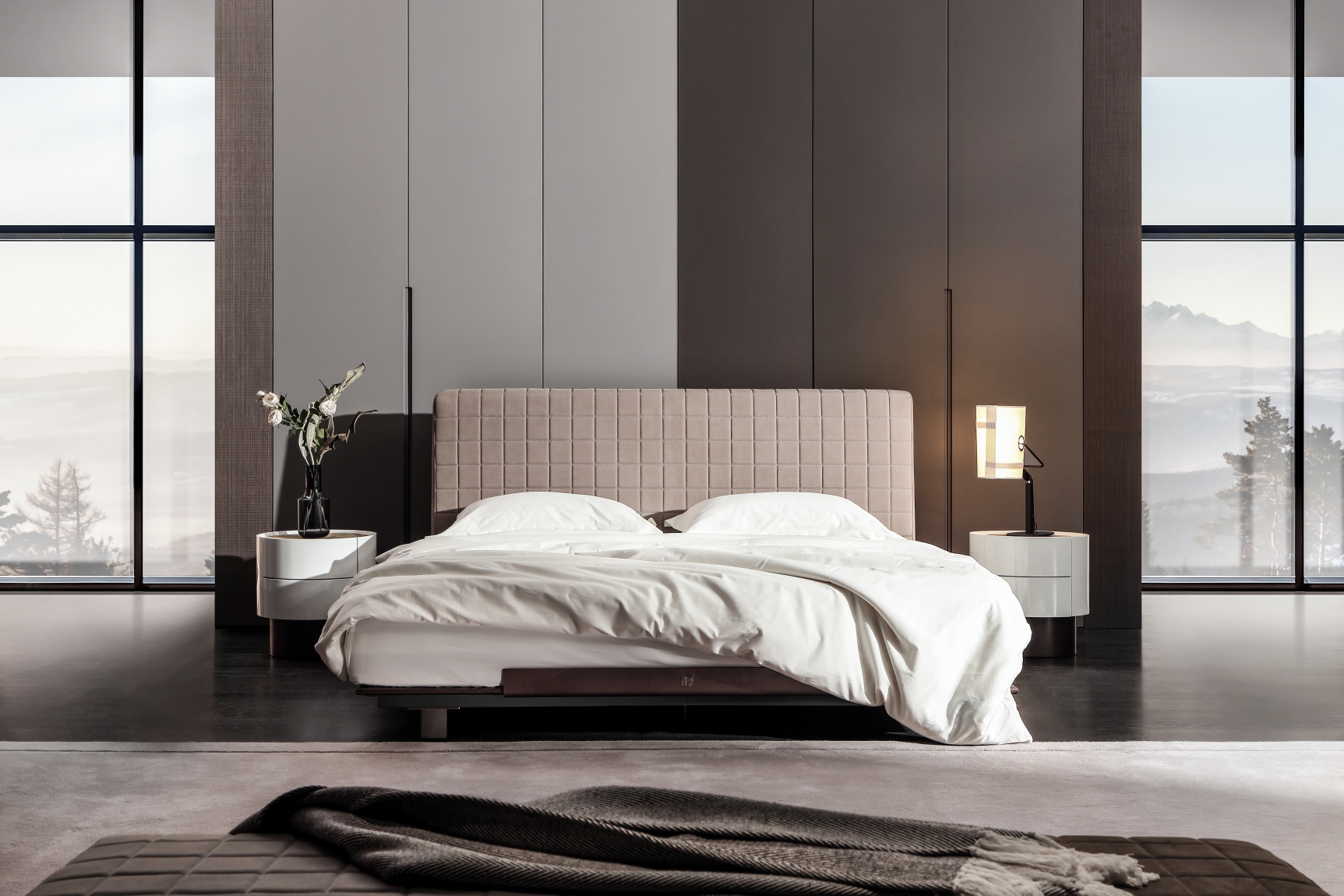Any living space’s effect and efficiency stem from the choice of interior color schemes for interior decoration; these choices blend design elements into harmony while revealing personal tastes. From a rustic bedroom to a vivacious living room, there’s no limit to showing how colour can shape an ordinary space into an extraordinary one — a visually pleasing and emotionally captivating living space. Color palette is important as you can set the tone for a space as well as how it feels so it’s critical to think strategically when choosing the right colors.
The Psychology Behind Colors in Interior Design
Psychologically colors have a powerful effect, affecting our mood and changing our perception. Reds and yellows usually produce warm hues, which create feelings of energy and passion; while blues and greens are cool tones that represent calmness and tranquility.
When determining interior color schemes, it must be seen how natural light, artificial light, and close environs can interact with these colours. Colors can also psychologically be adapted to different rooms and when planned properly create inviting, productive, or serene environments.
The Balance Between Bold and Neutral Tones
It is important when developing interior color schemes to find a balance since a scale of bold and neutral tones helps shape the character of the space. Whites, beiges, and greys are timeless, making perfect for foundations, leaving the more vibrant colours as accents.
While there’s nothing wrong with bold shades, they can tend to be a tad overwhelming if you use them everywhere. Placing bold colours strategically, whether you paint an accent wall or through furniture and décor means that the whole space will come out cohesive and visually appealing without losing the harmony of your room.
How to Coordinate Different Spaces in the House with Colors
Interior color schemes chosen for each room should gel with the definitive function meant for the room. Warm and inviting tones that encourage connection and comfort are great for living areas, whereas kitchens can take advantage of fresh, vibrant colours to energize the area.
For instance, bedrooms want soothing and muted hues that assist with relaxation and cause restful sleep. Also, these are the connectors of my home (like the hallways and transitional spaces) and their colours must be similar to those of the adjoining areas to have that flow.
Colour perception is governed by the Role of Lighting
Even though the colour, the shade of the hue doesn’t change when moving from space to space, the actual light can transform the hue and tone of the colour. The time of day affects colours too, depending on the amount of day versus artificial light—and different types of light from warm incandescent bulbs to cool LEDs will alter the appearance of hues.
An understanding of how light interacts with surfaces, textures, and finishes is a critical component of designing interior color schemes, as an important part of the color palette must lend itself to not look as harsh in low light or when photographed by the educated viewer.
How to add Trends without losing Timeless style
Between the colour and modern style, however, the trends in interior design change rapidly, yet, the best interior color schemes continue to marry contemporary appeal and timeless elegance.
Trending colours can be incorporated as accents or introduced through elements that can be changed easily to help spaces stay modern but not lock them into fads that quickly go out of fashion.
Monochromatic schemes and complementary colour pairings are typical palettes with timeless appeal that deliver a flexible framework to suit ever-changing design sensibilities.
A Look at Patterns and Textures
Patterns and textures can bring something very personal to an interior color scheme giving it depth and dimension which adds to the overall design. Adding visual interest (whether with stripes, florals, or geometric patterns) helps break up a monotone of solid colours.
Textured finishes like matte, gloss, or metallic surfaces work to enhance a space’s tactile experience and the depth of a room, making the space feel deliberate and worked out. The trick then is to come up with a design narrative that brings all of these elements together in a harmonious way that makes sense for the homeowner.
Use of Color to highlight Architectural Features
Architectural features can be emphasized with colours, and attention is drawn to unique details, as well as the character of a space. For instance, darker shades will enlarge spaces recessed or arched and light shades will make spaces lighter and open.
Adding sophistication to interior color schemes, crown molding, wainscoting, and exposed beams come to life with contrasting colours (always look for remarks on using contrasting colours).
Conclusion
It’s quite an art and a science to master interior colour schemes and that’s why at LA MAISONAIRE we understand that it requires a keen eye for detail and a passion for space transformation. Our team is comprised of curated palettes that embody individuality and functionality, making each room in your home stylish and purposeful. Leave your home design dreams to LA MAISONAIRE and your home will become a masterpiece of elegance and harmony.

